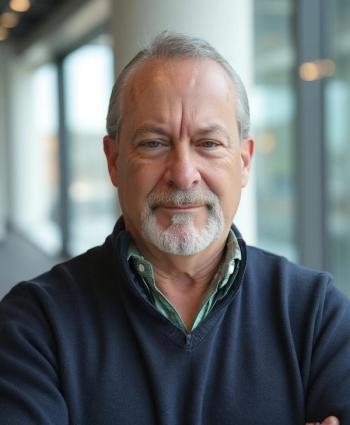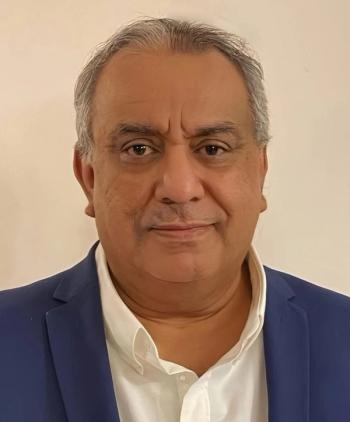
A New taskforce designs a blueprint to prevent physician burnout
Healthcare leaders are working on a nationwide plan to help institutions prevent physician burnout.
William J. Maples, M.D., executive director for the Institute for Healthcare Excellence in Nebraska, is glad that people have begun to acknowledge the physician burnout epidemic, but he wants to see less talk and more action.
That’s why he and two other leaders on burnout, Bridget Duffy, M.D. chief medical officer at Vocera in California, and Ronald Paulus, president and CEO at Mission Health in North Carolina, have convened a national task force on restoring joy and purpose in medicine.
“We’ve seen literally a smorgasbord of a hundred things that a healthcare institution can do,” Maples says. “But it always amazes me that there’s a lack of deep understanding of how critical this problem is.”
The task force’s first gathering took place in November 2016, and brought together physicians, nurses, healthcare writers, health technology entrepreneurs, health system executives, hospital administrators, and resiliency and neurology experts. They represented a wide swath of the country and different kinds of health systems, as well as nonprofits, and education systems.
They broke their plan into three key strategies with the goal of developing a national “blueprint” for change that could be adopted by any healthcare institution or practice.
Their first group focused on “telling the story and creating a business case for the burnout issue.” What he calls “Frontline staff” including physicians and nurses who “need to have a voice in this. I think that voice has been relatively absent in all the literature on burnout,” he says.
Maples also believes that the patients who are receiving care from burnt out physicians need to be heard as well.
Next, a team within the taskforce is tackling a “blueprint for change.” Here, they hope to lay out “a more structured approach” for what an individual team at the department level of a healthcare institution needs to be doing now.
In the well-intended process of telling physicians what kinds of interventions they can turn to for their burnt out, “such as wellness programs, mindfulness programs, exercise and healthy eating,” he explains, “some have actually interpreted that as the clinicians’ fault that they are burnt out.”
Putting the onus to manage burnout solely on the physicians, Maples feels, is a mistake that can actually lead to further burnout. “There are significant meaningful interventions that can happen at the organizational level and we are skipping over those.”
A third team is working on coming up with ways to measure elements of burnout to help institutions do a better job of assessing their burnout quotients. “Should we actually be measuring joy and resiliency?” he asks. “Should we be implementing [a standard set of burnout metrics] across every healthcare organization in America?”
These questions are being addressed by thought leaders and healthcare professionals in the task force. The goal is to create a “burnout score” that will include meaningful information about the mental health and happiness of physicians within in an institution.
He believes that physicians are still being encouraged to focus on “best practices” at the detriment of creating “an exceptional experience culture.” Thus, one of the goals of the task force is to enhance connection, relationships, and communication versus just checking off a list of tasks because they’ve long been considered the “right way” to do things.
The members of the task force plan to bring their “
“I’m hopeful that our blueprint team will offer avenues for organizations to actually do the work that’s going to make the difference in the long run,” Maples says.
Newsletter
Stay informed and empowered with Medical Economics enewsletter, delivering expert insights, financial strategies, practice management tips and technology trends — tailored for today’s physicians.














